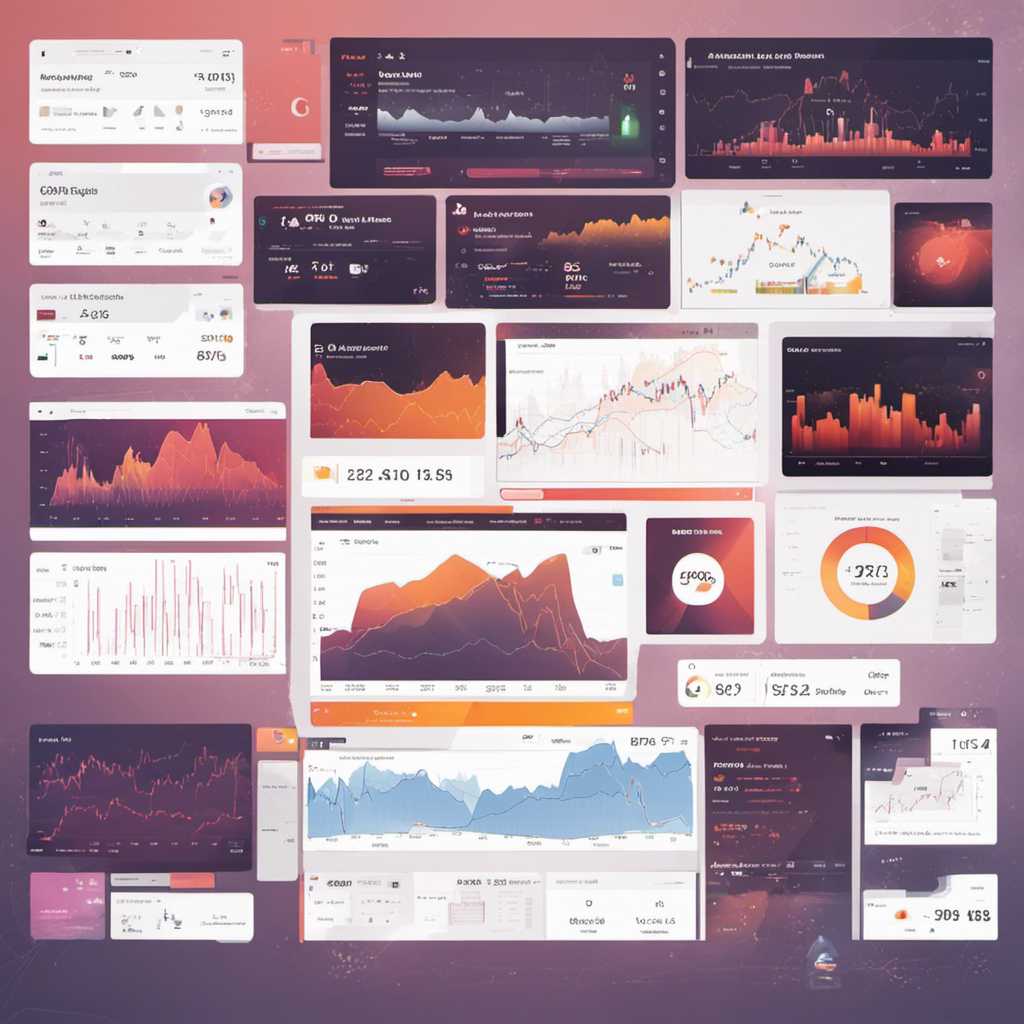I love the price/earnings ratio, but like all investment tools, it is flawed. This is because it is only as good as the numbers that go into it. There is no debate about the “p” in the equation – price is quoted every second. But the “e”, though readily available, is only as good as the best estimates.
Many people describe the stock market as cheap. After all, at 18 times earnings, p/es are half of what they were eight years ago (those bubbly valuations are not coming back anytime soon) and only three points above their long-term average of 15. However, the “e” is temporarily inflated by all-time high (pre-tax) profit margins, which are at 11.5 per cent, or about 35 per cent higher than their multi-decade average of 8.5 per cent.
Historically, every time profit margins have become overextended, they have reverted towards the mean (that is, declined). This is because capitalism works. One company’s excess profits are another’s potential opportunity – increased competition puts pressure on profit margins. This time round is no different. If profit margins fell and stopped when they reached the average level – an aggressive assumption as historically they have overshot and gone lower – the market’s p/e would rise from 18 to 22.
The same logic applies to individual stocks. Most excess profit today is generated from three sectors: “stuff” (energy, materials and industrials); financials; and the “new” economy (telecommunications and technology). “Stuff” stocks are responsible for about half of the overall excesses in profits. Historically their sales and profits have moved in tandem with the US economy. However, as fast-growing, “stuff hungry” nations such as India and China became a larger part of the global economy, these stocks started moving less with their domestic economies and more with the global economy. A slowdown in the US alone may not be enough to derail their high profit margins, though it may trigger a gradual process of global slowdown. The global economy has to slow down before the margins of “stuff” stocks will decline.
These companies have a high proportion of fixed costs, meaning that their margins increase in good times (a concept known as operational leverage). But that leverage could now work in the opposite direction – lower sales and high fixed costs will push margins to the other extreme. Earnings will either decline or stop rising and cheap stocks won’t be cheap any longer. Timing the global economic cycle is impossible as it is driven by random variables. While it may appear that India and China operate by a different economic playbook, they do not. When growth, especially fast growth, takes place in countries where rule of law and free market practices are still developing, it breeds inefficiencies. Recession exposes underlying problems. The risk is China and India will slow down, fall into recession, and consume less “stuff”.
[Since recession may bring a political unrest in China and India, their respective governments will likely fight it using every bullet in the monetary and fiscal arsenal, but recession can be postponed but cannot be escaped. ] The second group, financial companies, are responsible for about 20 per cent of excess profits. Cheap money and loose lending practises fuelled the excesses, but rising loan defaults mean that margins are now compressing.
The last group, the “new” economy stocks are responsible for slightly less than 20 per cent of overall margin excesses. The technology and telecoms sectors have changed dramatically over the past two decades; higher-margin software and services now account for a much larger portion of sales. The “new” economy stocks should have higher margins than they had in the past, but by how much? I don’t know, but they likely will face a lower margin compression than “stuff” stocks and financials. We are in a “global cyclicality bubble” not unlike the bubble of the late 1990s or the housing bubble of the 2000s. Since cyclical companies have not seen the other, darker, side of the cycle for a while – many are granted historically high valuations on top of cyclically high earnings.
Don’t abandon the p/e ratio, but adjust the earnings for high margins. Take a close look at the profit margins of the stocks in your portfolio and ask yourself if today’s margins are sustainable. If you adjusted margins to the historical average, would the stock still look cheap? If you own a stock that belongs to the “stuff” or financial services groups, assume its high margins won’t last.









0 comments